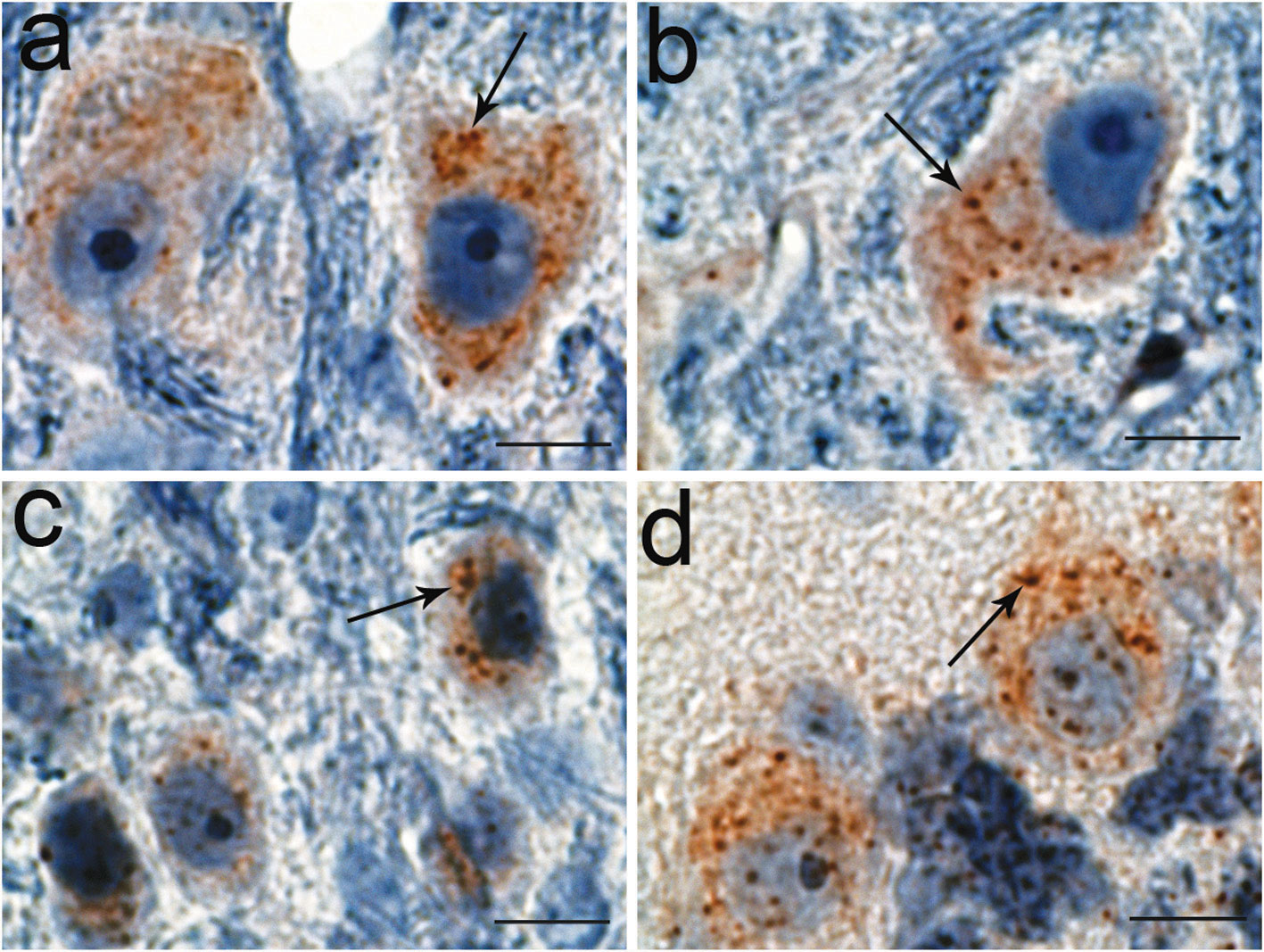Gene TMEM230 suggests a novel mechanism for Parkinson’s disease
In the United States, Parkinson’s disease – the second most common neurodegenerative disorder without effective treatment – affects about 1 percent of the population older than 60 years of age. Most of the cases do not run in families, but the rare cases of familial Parkinson’s disease have contributed to a better understanding of the illness, as they have provided genetic clues to explain the disorder. One of the genes that is mutated in familial forms of Parkinson’s disease is TMEM230. This gene encodes a transmembrane protein in secretory vesicles in neurons and, when it’s mutated, it impairs the trafficking of synaptic vesicles.

A paper published July 2016 in Nature Genetics describes the discovery of TMEM230 as a gene newly associated with Parkinson’s disease. At the cellular level, Parkinson’s disease typically entails the loss of cells that produce dopamine, a neurotransmitter involved in neuron-to-neuron communication. TMEM230 is the first gene associated with the disease that has been linked to the trafficking of vesicles that carry neurotransmitters between neurons and therefore illuminates a possible mechanism to explain the disease.

“We are proud to be part of the research team that has discovered a gene mutation associated with this devastating disease,” said contributing author Dr. Joseph Jankovic, professor of neurology, distinguished chair in movement disorders and director of the Parkinson’s Disease Center and Movement Disorders Clinic at the Department of Neurology, Baylor College of Medicine.
After Jankovic joined Baylor College of Medicine in 1977, he began collecting DNA samples from patients with Parkinson’s disease and other movement disorders. He now has a DNA bank with thousands of samples, some of which he contributed to this study to help confirm that TMEM230 is associated with the disease.
TMEM230 was found in a large family with history of Parkinson’s disease.
“This new gene could also be present in non-familial forms of the disease, which are the majority of the cases,” said Jankovic. “The discovery of TMEM230 provides new insights into the cause of Parkinson’s disease and may lead to novel treatments of this and other neurodegenerative diseases.”
By studying this new gene we will better understand how synaptic vesicle trafficking affects the development of Parkinson’s disease,” said senior author Dr. Teepu Siddique, professor of neurology at the Ken and Ruth Davee Department and Cell and Molecular Biology at Northwestern University Feinberg School of Medicine.
###
For a list of all the contributors to this research and their affiliations, please refer to the paper.
Financial support for this study was provided by the American Parkinson’s Disease Association, the National Institutes of Health (NS074366, NS37167, NS078287, NS094564, AG043970 and NS095972), the National Natural Science Foundation of China (81271921, 81430023 and 81471300), the Les Turner ALS Foundation/Herbert and Florence C. Wenske Foundation Professorship, George Link, Jr. Foundation, the Les Turner ALS Foundation, and The Foglia Family Foundation. Imaging work was performed at the Northwestern University Cell Image Facility supported by NIH (CA060553).



